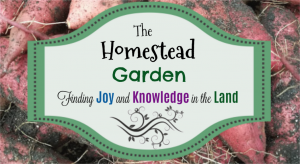 Find ideas for what you can plant early in the spring planting season, including veggies, fruits, and herbs. Some of these will also be ready by late spring and might be a good idea for gardeners hoping to harvest before the end of school. View Resource »
Find ideas for what you can plant early in the spring planting season, including veggies, fruits, and herbs. Some of these will also be ready by late spring and might be a good idea for gardeners hoping to harvest before the end of school. View Resource »
Using Veggies From School Gardens in Recipes
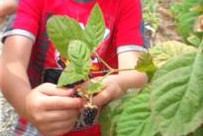 This document is a great reminder of the ways that school gardens are a great way to introduce children to a wide variety of fruits and vegetables. Find fun summer recipes as well as documents to help you navigate issues of food safety. View Resource »
This document is a great reminder of the ways that school gardens are a great way to introduce children to a wide variety of fruits and vegetables. Find fun summer recipes as well as documents to help you navigate issues of food safety. View Resource »
Fearless Beginning Gardening at Your Program
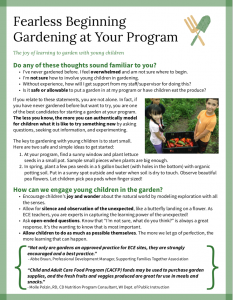 This resource is designed to remind you of your well-honed ability as an educator to learn new skills and share the experience with young children (in other words, you already have what it takes to do this!). Learn how to start small, engage children in the garden successfully, and also how to tackle any problem that may arise and turn it into a learning opportunity. This resource is funded by the W.K. Kellogg Foundation of Battle Creek, Michigan. View Resource »
This resource is designed to remind you of your well-honed ability as an educator to learn new skills and share the experience with young children (in other words, you already have what it takes to do this!). Learn how to start small, engage children in the garden successfully, and also how to tackle any problem that may arise and turn it into a learning opportunity. This resource is funded by the W.K. Kellogg Foundation of Battle Creek, Michigan. View Resource »
Reducing Lead Hazard in Gardens and Play Areas
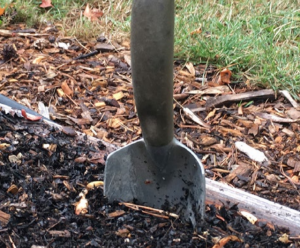 Lead is the most common metal contaminant in urban areas. Lead exists naturally in soils at concentrations of 10 to 50 parts per million (ppm). Higher concentrations may indicate lead contamination. This document from Oregon State University Extension will walk you through ways to limit risks of lead contamination in outdoor learning spaces. View Resource »
Lead is the most common metal contaminant in urban areas. Lead exists naturally in soils at concentrations of 10 to 50 parts per million (ppm). Higher concentrations may indicate lead contamination. This document from Oregon State University Extension will walk you through ways to limit risks of lead contamination in outdoor learning spaces. View Resource »
Garden to Give: Lesson Plan
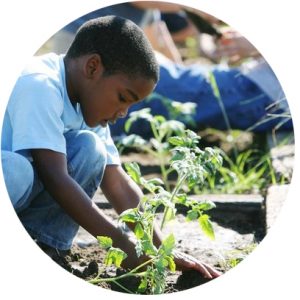 Growing your own fruits and vegetables is a great way to add fresh, local produce to your diet. Planting just a little bit more than you need also offers opportunities for you to help address hunger issues and to make a difference in your community. From KidsGardening.org. View Resource »
Growing your own fruits and vegetables is a great way to add fresh, local produce to your diet. Planting just a little bit more than you need also offers opportunities for you to help address hunger issues and to make a difference in your community. From KidsGardening.org. View Resource »
